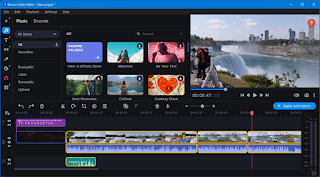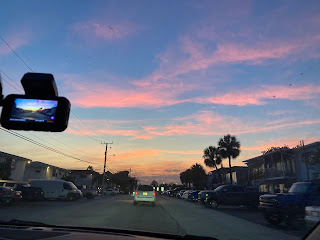Short film research: WASP
WASP BY ANDREA ARNOLD
a. Sound:
Raw Sounds: Urban hums, crying kids, protagonist’s movements dominate.
Sparse Music: Minimal or diegetic music adds to the realism.
Dialogue: Gritty, casual talk shows financial and emotional struggles.
b. Mise-en-Scène (CLAMPS):
Costume: Cheap, mismatched clothes = financial hardship.
Lighting: Harsh, natural light reflects tough realities.
Actors: Raw, emotional performances show desperation.
Makeup: Barely any—shows exhaustion and strain.
Props: Baby bottles, food scraps, and clutter hint at struggle.
Setting: Cramped urban spaces highlight poverty.
c. Editing:
Handheld Camera: Feels personal and chaotic, like the protagonist’s life.
Quick Cuts: Build tension during chaotic moments.
Slow Beats: Focus on emotions during heavy scenes.
d. Example Films:
Brotherhood: Family loyalty and betrayal in a rural tragedy.
The Silent Child: A deaf girl neglected by her family.
e. What’s Good About It:
Authenticity: Feels raw and real.
Focus on Marginalized Voices: Stories that don’t often get told.
Emotional Intensity: Hits hard emotionally.
f. What’s Not Great:
Bleakness: Can feel too dark or overwhelming.
Frustrating Choices: Realistic, but bad decisions can annoy viewers.




Comments
Post a Comment